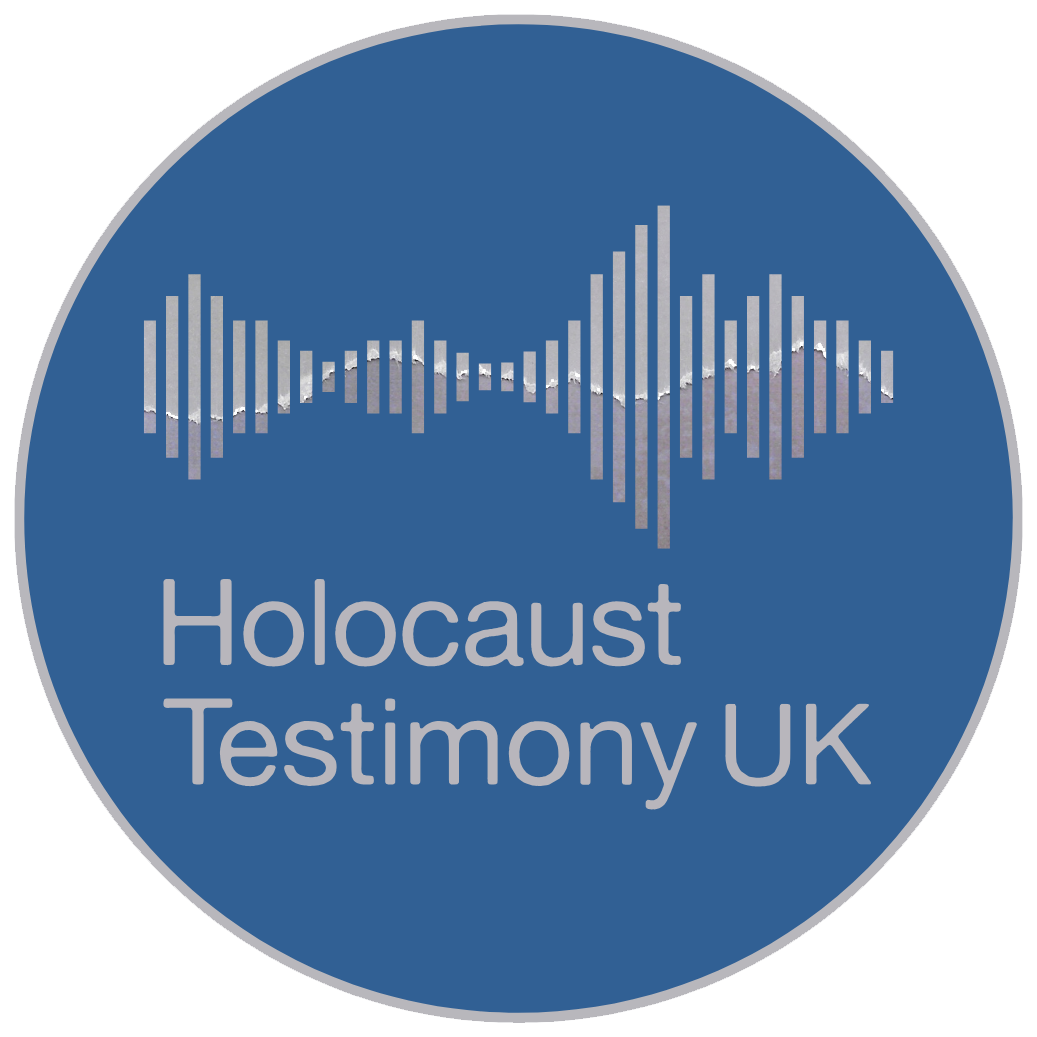<message>

Name
Born:
N/A
Place of Birth:
N/A
Date of Interview:
06/11/18
Place of Interview:
Interviewed by:
Name (Clickable)


It looks like this interview is hosted by one of our partners
Please click the link below to be redirected...
Visit Partner Website



INTERVIEW:
<name>
Born:
00/00/0000
Place of Birth:
Berlin
<name>
Born:
00/00/0000
Place of Birth:
Institution:
<partnerName>
Collection:
Date of Interview:
06/11/18
Interviewed By:
Dr Jana Buresova

Interview Summary
Born in Berlin in 1928, Tom Jacobs enjoyed both Chanukah and Christmas tree candle-lights; but his early memories also include firemen allowing a Jewish school to burn (spraying instead nearby flats not on fire), and being restricted to yellow benches in the park for Jews. He has no memory, however, of his non-Jewish father Heinrich Stoltenhoff, a psychiatrist and director of a clinic in Dresden, whom Susanne Stoltenhoff (n'e Meyer) had divorced soon after Tom's birth. She decided independently to emigrate in 1936/7 and make a home for Tom in London; English-speaking she could work as a secretary. In May 1938 his grandparents saw him off at Berlin's main railway station; "I was entrusted to a couple of strangers to bring me to England". However, an incident en route forced them to take the next train via Harwich, while Tom's distressed mother waiting for him at Liverpool Street Station feared never seeing him again. Jacobs became a boarder at Randolph Caldecott Community School* in Maidstone, Kent, where the headmaster only employed women. Although there were several Jewish boys/girls, Jacobs was "seen as an enemy alien by other children so was desperate to be seen as British". When evacuated to Oxford he attended Chipping Norton Grammar School for boys, and later Holloway School in Camden. He was "tremendously patriotic and has never forgotten Berlin", but wanted to become naturalised as soon as possible' ' achieved in 1943. Consequently, he was called up in 1947 for military service and "was proud to be there because of the war". He served in the Royal Signals, 4th Queen's Own Hussars regiment, which in 1948 was deployed in Malaya and "fought terrorists". He went on to read physics at Chelsea College of Science and Technology (University of London). In the meantime, his mother married Heinrich (Heini) Jacobs, a German refugee lawyer (interned on the Isle of Man during WWII). He officially adopted Tom. Keen to "serve the country as best as possible" Tom joined Mullard Ltd** research laboratory, then the technical, commercial and management department. He recalled feeling "scared initially" when visiting Germany on business. Later, he joined MAC Consultants, and when aged 50 took a 1-year Postgraduate Certificate in Education (PGCE) teacher training course, and taught science in a Pimlico School. After the death of Tom Jacob's first wife, Evelyn Segal, with whom he had three children, he married Joyce in 1987, a non-Jewish civil servant. On his blood father's side, contact was initially made by Christine (aided by Tom's maternal uncle Hans Meyer) when preparing a book about the Stoltenhoff family. Tom is glad that he met his paternal family and stayed in contact. However, Tom's grandmother, uncle Uli, aunt Anne Marie and cousin Michael perished in Auschwitz; Tom remains "constantly appalled" by the atrocities. Additional Comments: *Named after Randolph Caldecott, a well-known 19th century artist, and illustrator of children's books. ** Part of Dutch N V Philips Key words: Anne Marie, Christine, Evelyn, Hans, Heini, Heinrich, Jacobs, Joyce, Michael, Meyer, Segal, Stoltenhoff, Suaanne, Tom, Uli. de S'lincourt, Oxford. Stolpersteine. Auschwitz, Berlin, Dresden, evacuation, Germany, internment, Isle of Man, London, Malaya, military service, PGCE. Randolph Caldecott Community School. Chipping Norton Grammar School. Royal Signals, 4th Queen's Own Hussars. Chelsea College of Science and Technology


